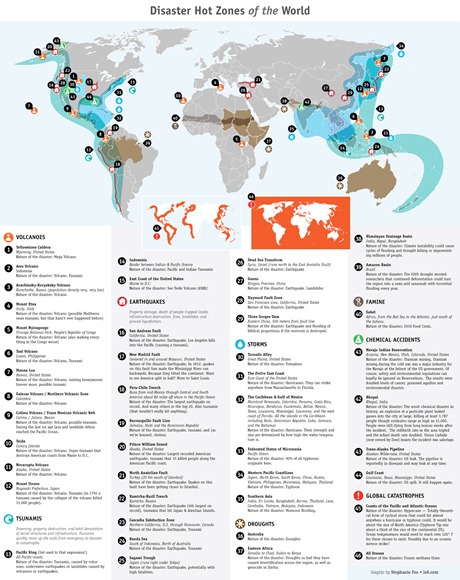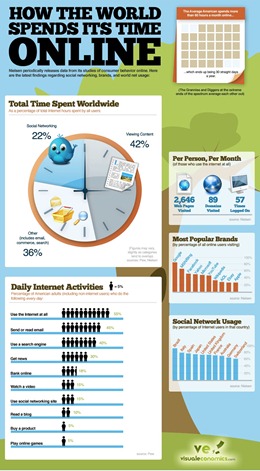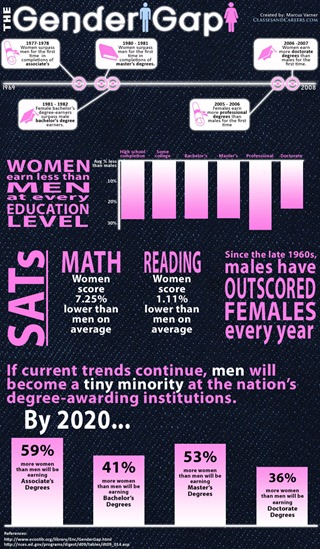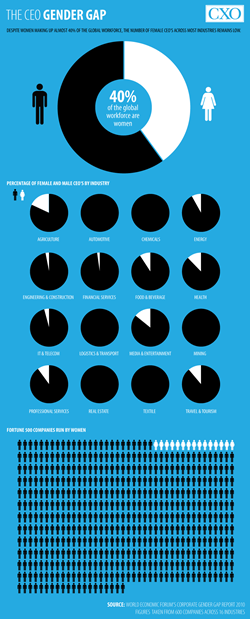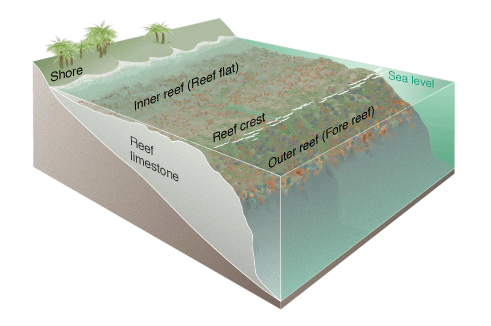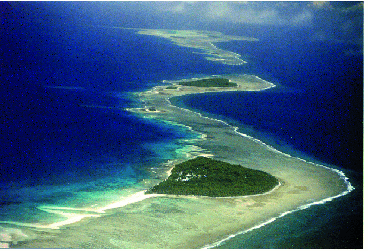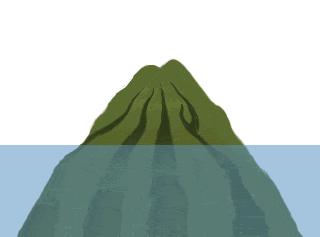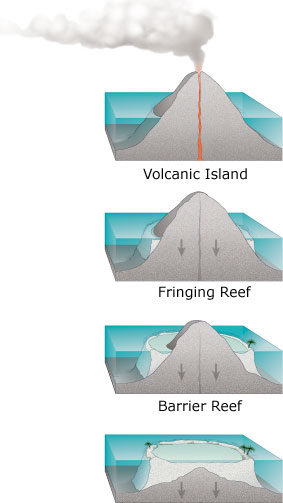Geography

A Map of Major World Disaster ‘Hot Zones’
Dec 11th
This map could inspire some interesting discussion about the distribution of different major disasters. Click on it see the larger version.
Image: Stephanie Fox, io9.com original link

Settlement Hierarchy
Dec 10th
Image: Some rights reserved by Lincolnian (Brian)
Very simple introduction to the concept of settlement hierarchy:
http://www.slideshare.net/RichardH/1-what-is-a-settlement-hiearchy
Activity:
http://www.effectiveict.co.uk/flash/training/flash19/Settlement%20hierarchy.swf
http://www.geointeractive.co.uk/subsample/setthierarchy.htm
Very useful for recapping site, situation, pattern, function and hierarchy:
Settlement Characteristics Worksheet (from http://www.geographyalltheway.com)
Recap:
http://www.bbc.co.uk/schools/gcsebitesize/geography/settlement/set_charrev4.shtml
http://www.geography.learnontheinternet.co.uk/topics/characteristicsofsettlements.html#function
http://www.s-cool.co.uk/gcse/geography/settlements/urban-hierarchies.html
The World Scaled Down to A Village of 100
Nov 28th
Just came across this video, based on what is now a widely-read summary of some key demographic and economic statistics. These statistics do need to be verified, as the opening shot states, if not for any other reason than the age of the data. This notion of the world as a village of 100 (and the associated data) first emerged in the early 1990s.
As David Truss argues, this could be really useful for cross-curricular discussion. I’ve used the Village of 100 idea a few times – in Geography, Economics and as part of an assembly. I first received an email with this idea in 1998, and used some of it when visiting a Secondary School in southern Ghana in 2003. Teaching a Geography class of nearly 70 students, I tried to apply the same concept for some of the issues covered by asking the appropriate proportion of the class to stand up. The Ghanaian students were blown away by the proportion of their class that would live in Asia (having guessed Africa and Europe to carry the highest populations, by far). The ICT teacher at that school (who commanded a suite of 16 computers for a school of c. 2,500 students) was fascinated by the internet access statistic.
For another way of visualising global economic inequality (which features in the Village of 100 idea), I highly recommend this website:
Update:
This impressive and simple website helps you to make quick comparisons between your own country and any other – this can call up statistics that call to mind the inequality depicted in the Village of 100. Watch out for the adverts though:

Introducing the Millennium Development Goals
Nov 7th
What are the 8 Millennium Development Goals? This 30 second video introduces them:
This video includes a bit of a speech by Kofi Annan who was Secretary-General for the United Nations when the Millennium Development Goals which were agreed in 2000 at an important meeting (The Millennium Summit) where a number of world leaders discussed ways to reduce poverty in the world. The images and facts help explain his message:
Another good video to introduce the MDGs:
These slideshows also help explain the 8 Millennium Development Goals:
Now view the fact sheet on the MDGs:
Unicef fact sheet
Here are two quizzes to test your understanding of the MDGs:
Source: United Nations Foundation
Click below to play a memory game on the Millennium Development Goals:
Source: World Vision
Millennium Development Goal 3
Nov 7th
Watch this video about Millennium Development Goal 3:
These two videos are part of a series by planinternationaltv called ‘Because I am A Girl’ and they tell us about some important facts (statistics) about girls around the world:
A similar video by PlanUSAvideos makes us think by comparing the birthdays of girls in very poor countries to some typical birthdays of girls in USA:
What is the point being made by this video?
A message of hope: The Girl Effect (by girleffect)
Another message of hope in this excellent video by ministerieBZ:

Create an Infographic for Millennium Development Goal 3
Nov 7th
What is an infographic?
It is a visual way of showing information (data) data so that it is easy to understand. They help to explain complicated information clearly and quickly.
An infographic can be a video or a picture (like a poster).
Here is a video infographic explaining the 8 Millennium Development Goals and why we need them. Watch it and notice how simple but good-looking graphics are used to show the information. .
You probably agree that the information can be easier to understand this way than if you were reading it in a piece of text or if you were looking at tables of numbers.
If you want to understand more about the Millennium Development Goals and see more video clips like this, visit this page.
Here are some still-picture infographics which are more like posters. They are not all to do with the third Millennium Development Goal, but they are good examples. Click on them to see bigger versions.
Notice how pictures, colour, numbers, text, graphs and diagrams are blended in a simple to read and interesting way.
Sources: History of Women in Workplace
How The World Spends Its Time Online
Your Task
Your task is to create an infographic which tells people about gender inequality around the world. It probably won’t be as detailed as the ones above (some of these professional infographics take several months to create) but making it should hopefully be an interesting way of understanding some of the facts about gender inequality.
It is recommended that you create graphs using MS EXCEL, using the files listed under ‘Raw Data’ below. Try to make them visually appealing through clever formatting. There is also some interactive software listed below which you could use to make maps (you may need to take screen shots [Print Screen] of the maps once you have created them).
You can find images to help your infographic online. You should always give the sources of images and data at the bottom of your infographic.
It is up to you what software you use to put the images, graphs and text together but I recommend MS Publisher or using just one slide in MS Powerpoint (this is probably the simplest way).
What is gender inequality?
There are many was that men and women are not equal in today’s world and here are some things to look out for when designing your infographic:
- What % of girls go to school? How does that compare to the % of boys who go to school?
- What % of women have a job? What sorts of jobs do they mainly do? What % do not work in faming? How does this data compare to men?
- What % of politicians with a ‘seat’ in parliament are women?
- How long are females expected to live on average? (What is their life expectancy?) How does this compare to males?
- How many girls die before their first birthday? (What is female infant mortality?) How does this compare to boys?
- Where do different countries rank on the global gender gap index (explained here).
Processing The Data
Now you need some data on gender inequality to ‘process’ into your infographic.
Raw Data – Data that needs to be converted into graphs by you in EXCEL (or similar)
Visit these sites to access the data in EXCEL files and use it to create graphs, charts and images which you can then put into your infographic. It is up to you what software you use to build the infographic itself. You don’t need to use all of these files.
EXCEL file on MDG 3 from unicef
EXCEL file on MDG 3 from adb.org
EXCEL file on Global Gender Gap Index
EXCEL file on Human Development Report Data by UN (2010) – use table 4 (tab at the bottom)
EXCEL file (big) on World Health Statistics 2009 (WHO) – use tabs 1 and 9
Interactive Data – Useful data that you can process online :
1) Google Public Data Explorer – World Development Indicators
Use the People Category, and looks for the data relevant to women in particular.
It is recommended to keep the tick box on for World. Use the different icons for line graph, bar chart, map and maybe scatter graph.
You could then click on individual countries as well to see how they compare to the world average.
This is an excellent resource for viewing (and creating) maps, and includes world data for gender empowerment and ‘occupation and income’ – see if you can find out how to make thoe most of this excellent resource.
Finally, if you are feeling very adventurous you could try this online mapping activity, but it is quite complicated. Follow the instructions carefully.
Some more tips on designing a good infographic
Some great tips for designing infographics:
- Keep it simple! Don’t try to do too much in one picture.
- Decide on a colour scheme.
- Research some great facts and statistics.
- Think of it as a visual essay: ensure your arguments hold and are relevant.
- Remember that it’s all about quickly conveying the meaning behind complex data.
- Draw conclusions.
- Reference your facts in the infographic.
Source: makeuseof.com
Ideas for infographic formats include:
- Timelines;
- Flow charts;
- Annotated maps;
- Graphs;
- Venn diagrams;
- Size comparisons;
- Showing familiar objects or similar size or value.
Source: makeuseof.com
Scribble Maps
Sep 9th
This site is good, especially for those who have an interactive whiteboard, or for students with access to computers. A kind of DIY GIS / map sketching thing …
… just click on the x on the info panel that pops up when you arrive on the site and explore, using the drawing tool bar at the top. The fact that your scribbles on maps can be saved has all kinds of potential too: http://www.scribblemaps.com/.
